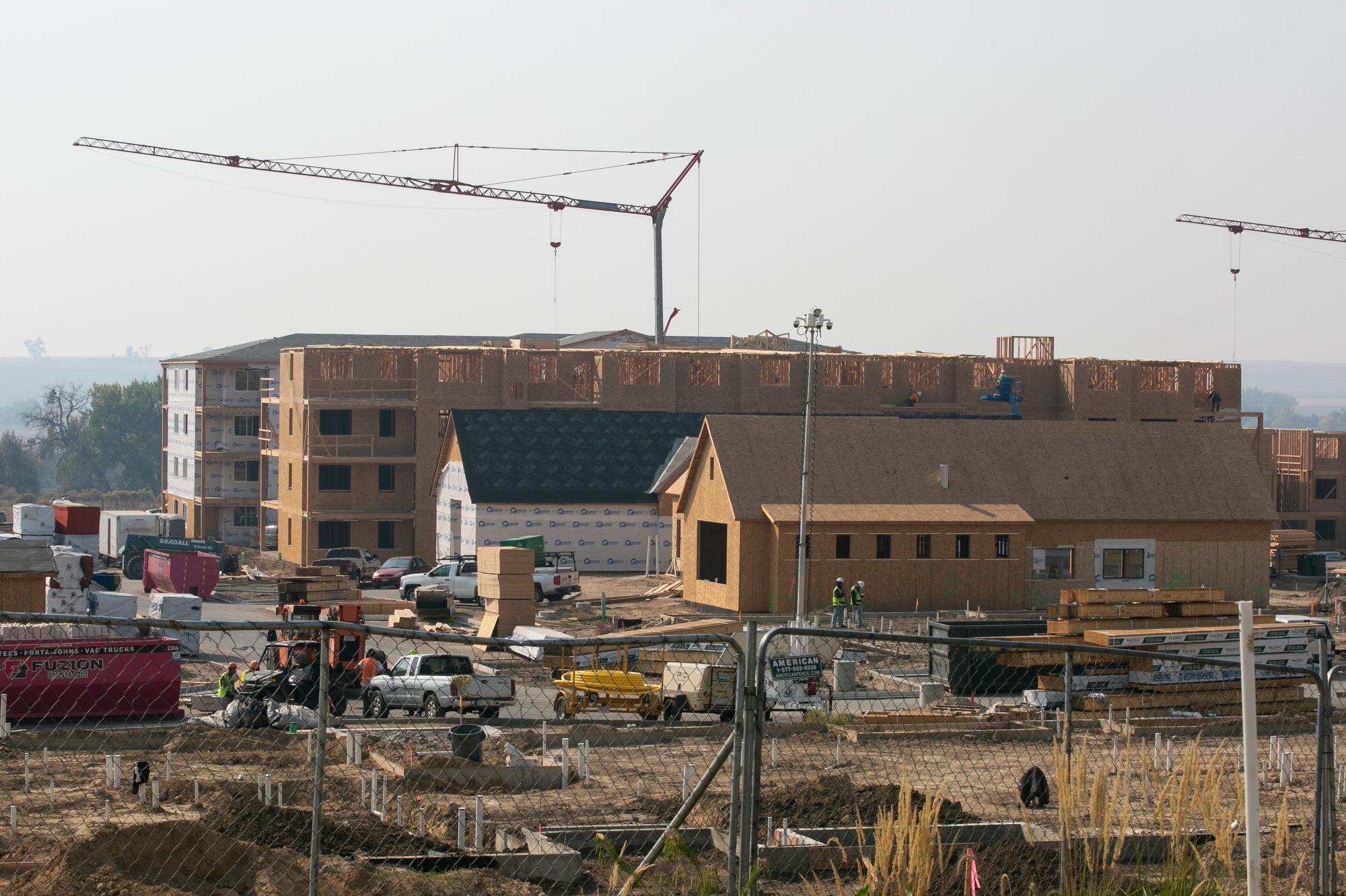
After three years of planning, Longmont and the Northern Arapaho Tribe made history as the first sister city union between a sovereign nation and a U.S. city.
“I'm most excited about the whole meaning of what sister cities is about, which is peace and love and bridging the gap of diversity,” said Councilman Stephen Fasthorse of the Northern Arapaho Tribe. “For too long, our people and our stories have never been able to be heard or told.”
“And throughout history, there's been a lot of misinterpretations of that history. And now I see this as a great opportunity to be able to hear our truth to history,” he said.
The Northern Arapaho Tribe once called the land Longmont occupies home. In the 1860s a treaty was signed that ultimately forced native people out of the area. The Northern Arapaho Tribe were placed with the Shoshone on the Wind River Reservation in Wyoming.
The new sister-city relationship plan started when Longmont Mayor Brian Bagley saw a documentary about the Pine Ridge Indian Reservation community. That week, representatives from the Northern Arapaho Tribe were in Longmont for a meeting and the idea to become sister cities came up. They started planning soon after.
“Our main concern was not making any promises that we couldn't keep. There's been a long history of that with Native Americans and cities,” said Janice Rebhan, president of the Longmont Sister Cities Association. “This was a fresh take on a way to create a bridge to a better future for both communities.”
The sister-city relationship will allow for cultural exchange between children who live in the reservation and children who live in Longmont. The first student exchange was in February 2019, but now the program is official and more students will have the opportunity to travel.
“The reservation system was used to kind of keep us all in one area. And as time has evolved that perspective has changed. Native Americans are free to live wherever they choose to, but the historical trauma of having to come from a reservation and have those atrocities that came along with that we passed down from generation to generation of families,” Fasthorse said. “It changes the mindset and your trustworthiness of your surroundings. And so that has been a barrier for our children to go off and explore and try to live in a new environment.”
He’s excited the sister-city relationship will not only give children in the tribe an opportunity to see American culture, but also that the partnership can also help educate people in Longmont about native people and the history of how they were treated by the U.S.
“This is a historic event for the City of Longmont and the Northern Arapaho,” Bagley said in a press release. “A sister cities relationship creates the opportunity to embrace the sister cities ideal of promoting peace through mutual respect, understanding, and cooperation — one individual, one community at a time.”
Longmont has two other sister city partnerships. Last year, they celebrated 30 years of partnership with Chino, Japan, and next year they will celebrate a 25-year partnership with Ciudad Guzman, Mexico.








